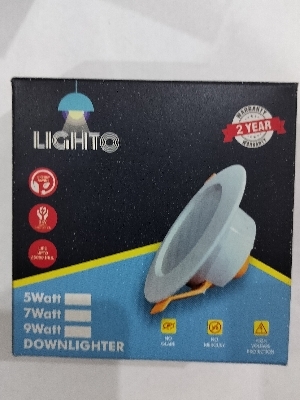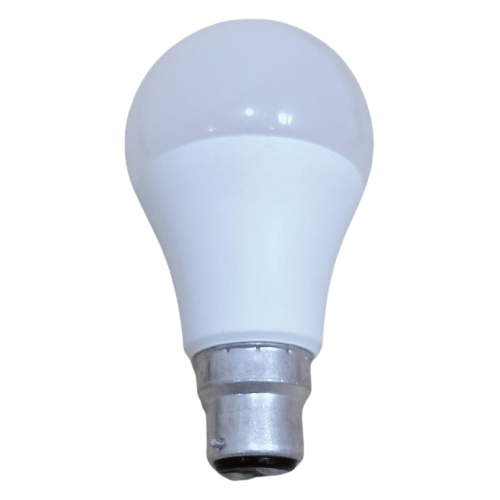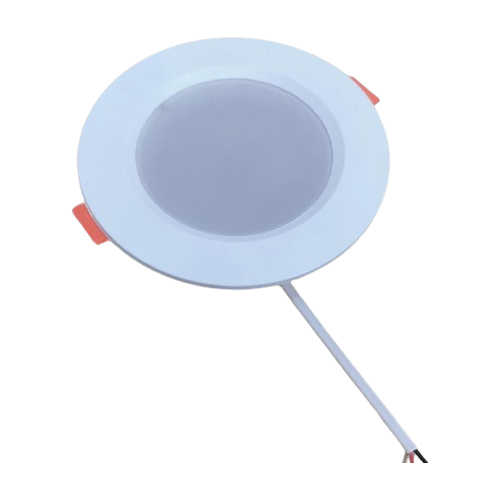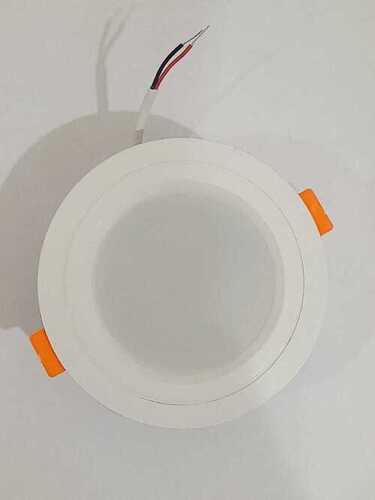2X2 LED Light BASE PANEL
800 INR/Piece
Product Details:
- Color Temperature 6500K/3000K/4000K Kelvin (K)
- Shape SQUARE
- Product Type COMMERCIAL LED PANEL
- Power Factor >0.95
- Input Voltage 220-240V Volt (V)
- Working Temperature 25-60 Celsius (oC)
- Lamp Power 36W Watt (W)
- Click to View more
X
2X2 LED Light BASE PANEL Price And Quantity
- 10 Piece
- 800 INR/Piece
2X2 LED Light BASE PANEL Product Specifications
- COMMERCIAL LED PANEL
- 2X2
- SQUARE
- >0.95
- 220-240V Volt (V)
- 36W Watt (W)
- 6500K
- COMMERCIAL
- 25-60 Celsius (oC)
- 6500K/3000K/4000K Kelvin (K)
2X2 LED Light BASE PANEL Trade Information
- 50000 Piece Per Month
- 10 Days
- Yes
- Sample costs shipping and taxes has to be paid by the buyer
- Asia Australia Central America North America South America Eastern Europe Western Europe Middle East Africa
- All India
Product Description
Tell us about your requirement

Price:
Quantity
Select Unit
- 50
- 100
- 200
- 250
- 500
- 1000+
Additional detail
Mobile number
Email
Other Products in 'LED Light' category
 |
MILKY TECHNOLOGIES
All Rights Reserved.(Terms of Use) Developed and Managed by Infocom Network Private Limited. |
 Send SMS
Send SMS





